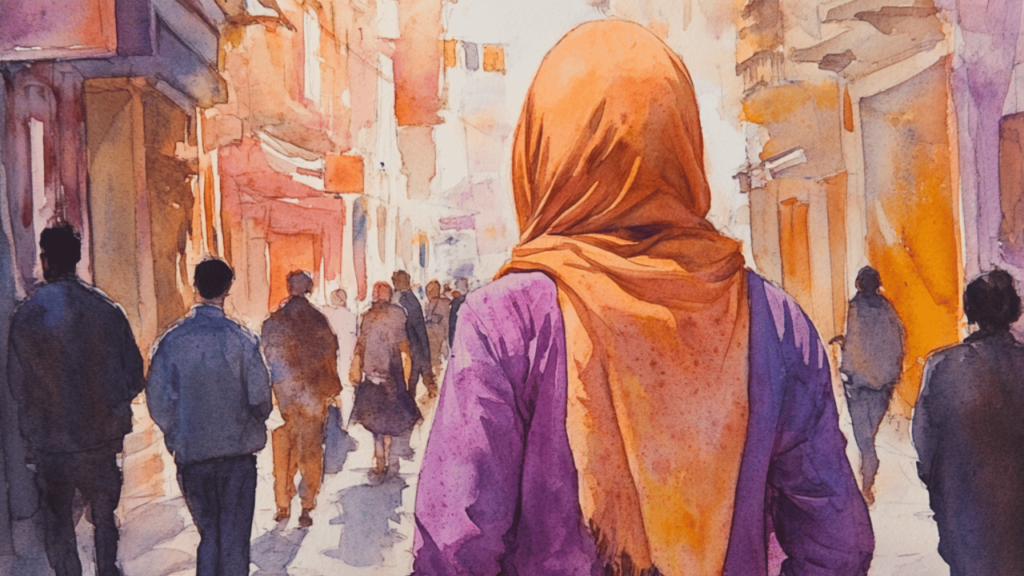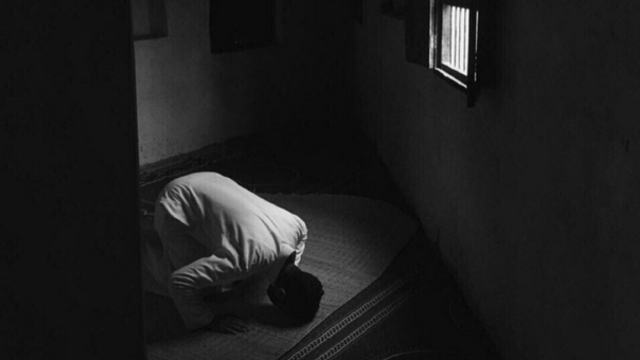The concept of victim is not clearly defined in French legal texts.
In the definition given by the United Nations General Assembly (resolution 40/34 of December 11, 1985), victims are:
“Persons who, individually or collectively, have suffered harm, including physical or mental injury, emotional suffering, material loss or substantial impairment of their fundamental rights, through acts or omissions that are in violation of criminal laws operative within Member States, including those laws proscribing criminal abuse of power.”
Also, the Council of the European Union Framework Decision of March 15, 2001, defines a victim as “a natural person who has suffered harm, including physical or mental injury, emotional suffering or economic loss, directly caused by acts or omissions that are in violation of the criminal law of a Member State.”
In French criminal law, the term “victim” mainly refers to the complainant or civil party; we also speak of the injured party, most often it is the person who has suffered damage caused by an offense.
The status of a victim is therefore recognized when a person suffers an offense such as a crime (voluntary homicide, rape for example), a misdemeanor (fraud, violence, harassment for example) or a contravention (night disturbance, non-public insults for example).
In civil law, the notion of damage constitutes a fundamental condition for implementing liability law.
In civil or criminal matters, the victim can be a natural person or a legal entity (an association or a company for example).
The harm suffered by the victim can take different forms, it can be:
- Physical: this is an attack on the physical integrity of a person, also referred to as physiological or functional harm. The victim may be unable to perform certain activities of daily living, temporarily or permanently, and partially or fully, such as the inability to practice a sport for example. This can also result in aesthetic damage such as a scar.
- Material: this is damage to the victim’s property. This harm entitles the victim to compensation, the value of which is assessed by the judge who may take into account the loss suffered and the lost profit. Ex.: damage to your vehicle.
- Moral: this can be damage to honor or reputation or moral suffering, such as that caused by the death of a loved one for example.
Physical harm is often linked to moral harm because physical injury leads to consequences on the mental health or personality of the victim.
The cause of the harm is not always the same, it can be:
- Human activity, such as an industrial disaster or a criminal offense;
- A natural event, such as a flood or a fire;
- A mixed case, that is, a natural event that would be amplified by human action.
To have one’s status as a victim recognized, it is therefore necessary to prove the existence of the harm suffered.
Article 1240 of the Civil Code states that “Any act of man, which causes damage to another, obliges the one by whose fault it occurred to repair it.” The harm is only reparable if it meets 4 criteria, it must:
- Infringe on a legitimate interest: the victim must be in a situation compliant with the law to claim compensation. Ex.: a person who performs undeclared work cannot claim their salary if it has not been paid;
- Be certain: that is, the harm has already been suffered, but in some cases it can be future and not hypothetical, ex.: an accident that will have certain consequences on the victim’s health;
- Be personal: only the person or their representative (ex.: the parents of a minor child) who has suffered the damage can claim compensation. But jurisprudence also recognizes indirect victims.
- To Be direct: the damage is the direct consequence of the event that caused it. Example: a vehicle is damaged due to a falling tree. The damage caused to the vehicle is indeed the result of the generating event, which is the falling of the tree.
The indirect or “by ricochet” victim
Alongside direct victims (those who personally and directly suffer the damage), there are so-called “indirect” victims, also known as “by ricochet” victims.
The indirect victim is one who did not personally experience the event but who suffers harm due to the damage caused to the direct victim because of the close ties they share. It is not necessary for there to be legal ties between these two victims (Court of Cassation, Mixed Chamber, February 27, 1970, No. 68-10.276).
The jurisprudence has recognized (Court of Cassation, Criminal Chamber, February 9, 1989, No. 87-81.359) that “it follows from the provisions of Articles 2 and 3 of the Code of Criminal Procedure that the relatives of the victim of an involuntary injury offense are entitled to provide evidence of damage they have personally suffered and directly resulting from the facts subject to prosecution”.
Moreover, in civil matters, an indirect victim can rely on a contractual non-performance to the detriment of a relative to take action in tort liability (Cass. civ. 1st, July 18, 2000, No. 99-12.135).
The different categories of victims
The notion of victim is a broad concept that can be applied differently depending on the offense or damage suffered. Indeed, to accept the status of victim of an offense, the offense in question must be characterized as such.
Example: to qualify a person as a victim of school bullying, it must be verified that the three elements that characterize school bullying are indeed present:
- Violence: this refers to the power dynamic and domination that is established between one or more students and one or more victims;
- Repetition: the aggressions must recur regularly over an extended period;
- Isolation of the victim: the victim is often isolated and finds themselves unable to defend themselves.
In this case, with school bullying being characterized, the person subjected to it will be qualified as a victim of school bullying.
Another example, to be qualified as a victim of discrimination, the discrimination must also be characterized by meeting certain criteria, namely: unequal treatment based on a criterion prohibited by law and in a domain specified by law. Once the status of victim of discrimination is established, the person can seek compensation for the harm.
APPLICABLE REFERENCES
Art. 1146 and 1147 of the Civil Code (contractual liability); Art.1382 and 1383 of the Civil Code (torts-quasi-torts); Articles 2 and 3 of the Code of Criminal Procedure; Art. L452-1 of the Social Security Code (work accidents); Law No. 85-677 of July 5, 1985 aimed at improving the situation of victims of traffic accidents and accelerating compensation procedures
Resolution 40/34 of December 11, 1985 of the United Nations General Assembly; Framework Decision of the Council of the European Union March 15, 2001; Article 1240 of the Civil Code; Court of Cassation, Mixed Chamber, February 27, 1970, No. 68-10.276; Court of Cassation, Criminal Chamber, February 9, 1989, No. 87-81.359; Cass. civ. 1st, July 18, 2000, No. 99-12.135.




